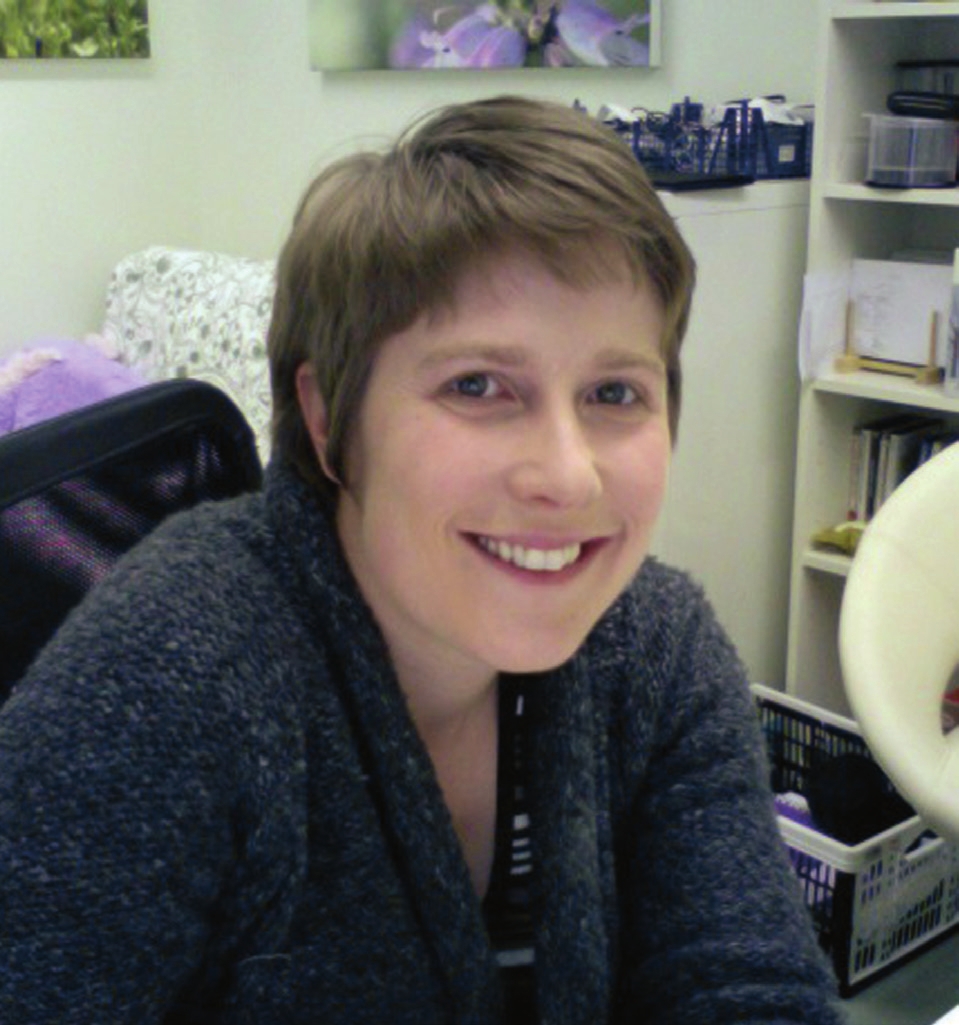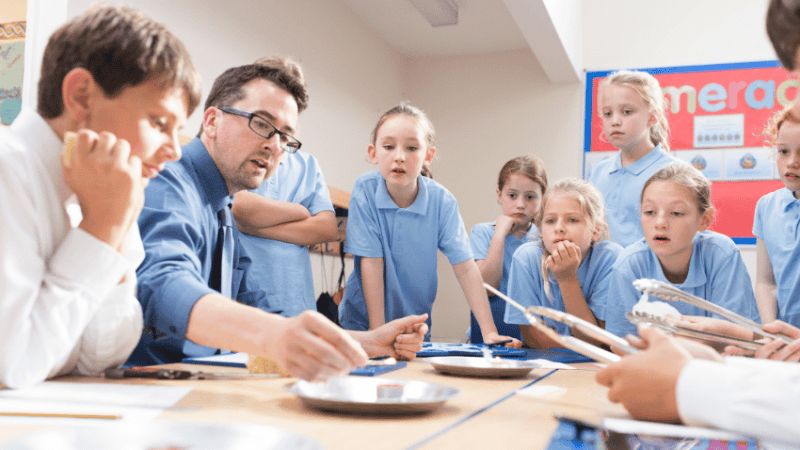Living Wonders – What Classes Can Now Explore At KS4 Biology

Dr Joanna Rhodes looks at how the latest KS4 biology specification opens up new possibilities for studying plant resuscitation, the likelihood of being able to kill cancer with other cancer cells, and whether multitasking might be bad for us…

Observing the new KS4 biology specification, it is interesting to note those topics that have now left – such as the MMR vaccine – and those that have arrived – which include neuroscience – as the subject continues to evolve.
It presents teachers with the challenge of preparing lessons on completely new material, such as the synthesis of monoclonal antibodies – a topic that has just made it to KS4 from university research level and beyond. This change is essential in order to maintain a strong and relevant public understanding of science, nurtured by the concepts that students learn in school.
The following five discrete activities focus on the newest content from a range of examination boards at KS4 biology. You could break them up, using them individually as they fit into the larger scheme of learning. Alternatively, you could deliver them together as a more intensive experience suitable for separate science taster lessons, or as revision towards the end of the course.
1. Cloning cauliflower
Stem cells have a huge range of practical benefits. New to GCSE is the use of stem cells from meristems in plants to protect rare species from extinction, and to produce large numbers of crop plants with special features, such as disease resistance.
In this activity, students complete a tissue cloning practical that is creatively combined with a case study produced by Science & Plants for Schools (SAPS) about Jonathon Kendon – a rare plant ‘resuscitator’. The case study also provides extension questions and links to a fascinating article about him published in New Scientist.
This method of cauliflower cloning uses the sterilising agent found in Milton, Sodium Dichloroisocyanurate (SDICN) to sterilise the cauliflower explants. The technique is based on a protocol developed by plant scientists like Jonathon Kendon in the micropropagation unit at the Royal Botanic Gardens, Kew, and is used in their conservation programmes, allowing critically endangered plant material to be cloned in the field.
SAPS provides detailed instructions for the cauliflower cloning process, as well as information on where to purchase the necessary materials with links and approximate costs.
Lesson steps • Firstly, students should be briefed on aseptic techniques and cleanliness, as keeping the culture free of fungi and bacteria is essential.
• Students should use a scalpel to cut some 3-5mm³ pieces of cauliflower floret (the explants) and sterilise in Milton solution.
• The explants are then gently pushed, stalk first, into agar medium in a vial and kept warm until greening and growth begins.
• This process usually takes 10 days, and can provide a source of excitement and ongoing interest for students as they check on the explants’ progress when they arrive in the classroom.
2. A secret message
There are three factors that affect the rate of photosynthesis at GCSE – or rather, there were three factors. For some exam boards, students need to be able to discuss four – so be careful to update your faithful lesson on limiting factors.
In this activity, also provided by SAPS, students investigate the effect of chlorophyll concentration and shortage of chlorophyll as a limiting factor on the rate of photosynthesis, by testing areas of a leaf with iodine to see where starch has been produced by photosynthesis.
• Watch this video clip, and prepare a secret message for your class on an all-green pelargonium leaf before the lesson using shading.
• The students themselves will be using variegated leaves to investigate the rate of photosynthesis. For this practical to be effective, it is helpful to put the pelargoniums under bright light for at least 24 hours to ensure maximum photosynthesis.
• Students should sketch their variegated leaf to show the areas that are green.
• The leaf is then immersed in boiling water to removed the waxy coating before being warmed using a water bath, in a test tube containing ethanol. This removes the chlorophyll, which is soluble in ethanol leaving the leaf white.
• Cover the leaf in iodine and then dab dry, looking for the black areas of the leaf where starch from photosynthesis is present. At this point it will also reveal your secret message!
• You could also link this practical to light requirements for the production of chlorophyll by depriving a section of grass from light with a piece of plywood until the grass goes white. Test the white and green blades of grass with iodine as described above. What do you discover about the white grass?
• As an extension, you could ask students to investigate whether the white grass recovers when it is exposed to light again, or whether it is permanently damaged by marking and watching grass in the patch that was covered.
3. Peas and gibberellins
The specification’s sections on plant hormones at KS4 have been extended to include gibberellins and ethene, as well as auxin. This gives students opportunities to experiment with the effects of gibberellins on the growth of pea plants, and investigate the ripening of fruit in the presence of ethene.
Gibberellins are a group of plant hormones that affect growth. The effects of these hormones were first observed in the 1920s in rice plants that were attacked by a fungus. These rice plants grew unusually tall, and scientists were subsequently able to isolate the substance responsible for the growth. Gibberellic acid is derived from said substance and used to make plants grow taller, end seed dormancy, promote flowering and increase fruit size.
In this experiment from The Biology Corner, students use two different variety of peas with a control plant in each variety.
• Supply students with germinated pea seedlings about 1 week old grown in the same conditions and selected to be a similar size.
• Working in groups, students should apply gibberellic acid to the leaves of one plant using a cotton bud and not the other. All other conditions should be kept the same, including light and watering.
• The groups proceed to record the height of the pea shoots over a period of 8-10 days. comparing their data with other groups to calculate an average. The Biology Corner recommends using toothpicks and paper to create tiny ‘flags’, so that you can tell each seedling apart and record the data accurately.
In a second experiment on plant hormones, students investigate the effect of ethene on ripening. This can be set as an independent activity to complete at home.
• A ripe banana produces ethene, which will cause other bananas around it to ripen more quickly. Investigate this by placing a very ripe banana with a green banana in a closed cardboard box at room temperature.
• As a control, place two other green bananas in a separate cardboard box and check them each day.
• Ask students what effect the ripe banana is have on green banana.
4. Can we kill cancer?
The number of exam boards that include an understanding of the production and use of monoclonal antibodies has increased, means that further detail – including their production from mice lymphocytes, use in pregnancy tests and role in treating cancer – is now necessary. Students also need to be able to evaluate the advantages and disadvantages of monoclonal antibodies and the types of side effects they can cause.
Monoclonal antibodies are produced by combining lymphocytes from a mouse with tumour cells to make a hybridoma cells, which can divide and make the target antibody. This makes it possible for a large amount of the antibody to be collected and purified.
In this activity, ask students to research the question “Can we use cancer cells to kill cancer?”
• Suggest a range of websites that students can use to research the answer to this question that steer them towards monoclonal antibodies, including Cancer Research UK, ABPI Schools and What is Biotechnology?.
• To extend students further, ask them to produce an informative leaflet for cancer sufferers which explains the advantages and disadvantages of treatments with monoclonal antibodies, and compares and contrasts the potential side effects with those of radiotherapy and chemotherapy.
5. Multitasking
The brain controls complex functions. Students should be able to describe the main areas of the brain and what they do, as well as explain some of the difficulties involved in investigating brain function and treating brain damage and disease.
Show students this clip [downloadable .mov file], which shows different brain-related procedures, including MRI scanning for investigating brain function related to speech, tool use and empathy with others. This demonstrates how different areas of the brain can be shown to be responsible for different and very specific functions.
Challenge students to carry out the below experiment in multitasking from WeAreTeachers to see how many different areas of the brain they can use at the same time.
Round 1 – Students complete two different cognitive tasks • For the first task, provide the students with pens and sheets of paper and task them with writing a story based on a well-known fairy tale of their choice.
• While performing task one, students have to simultaneously complete another task – counting down from 200 to 1 in one-second intervals out loud.
• As the students are performing both set of tasks, time them to see how much they are able accomplished in 4 minutes. Once the time is up, note down how many words they wrote and the number they ended at.
Round 2 – Students complete each task one at a time • Students complete the same tasks as before – except this time, they spend two minutes completing task one first, before spending a further two minutes on completing task two (the story will need to be about something different to what was used for round 1.
• After the four minutes are up, students jot down how many words they wrote in task one and the number on which they ended their count. Discuss your findings together as a class.
Dr. Joanna Rhodes is associate assistant principal at Shelley College, Oxford












